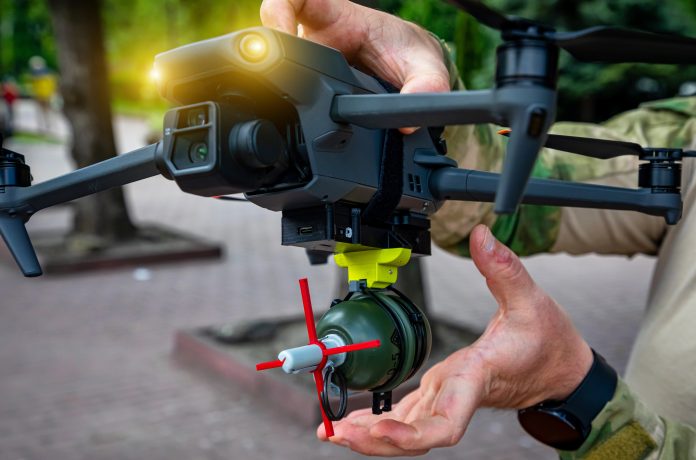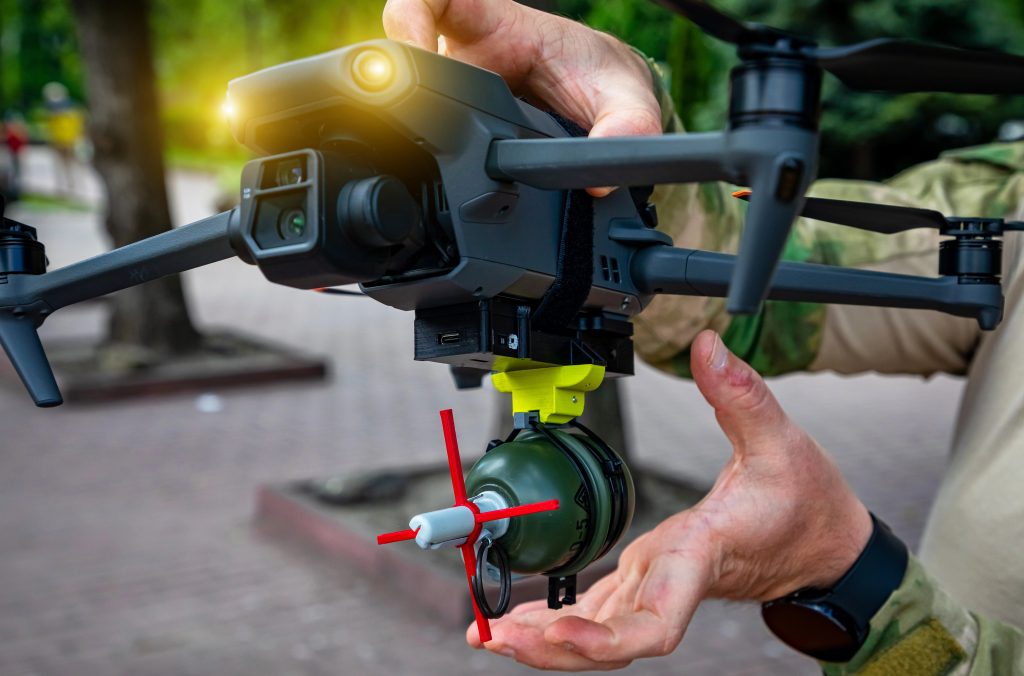
Hours before the summit in Alaska between Donald Trump and Vladimir Putin, Ukraine showed a capability that has been at the heart of its asymmetric strategy: hitting deep into Russian territory with precision drones. The target on 15th August was the *Port Olya-4*, a 123-meter, 5,000-ton cargo ship built by China which was anchored at the Caspian port of Olya, about 800 kilometers from the front. Kyiv accuses the vessel of transporting Shahed-type drone parts and Iranian ammunition a supply chain that has supported Russia’s extended-range attack campaign.
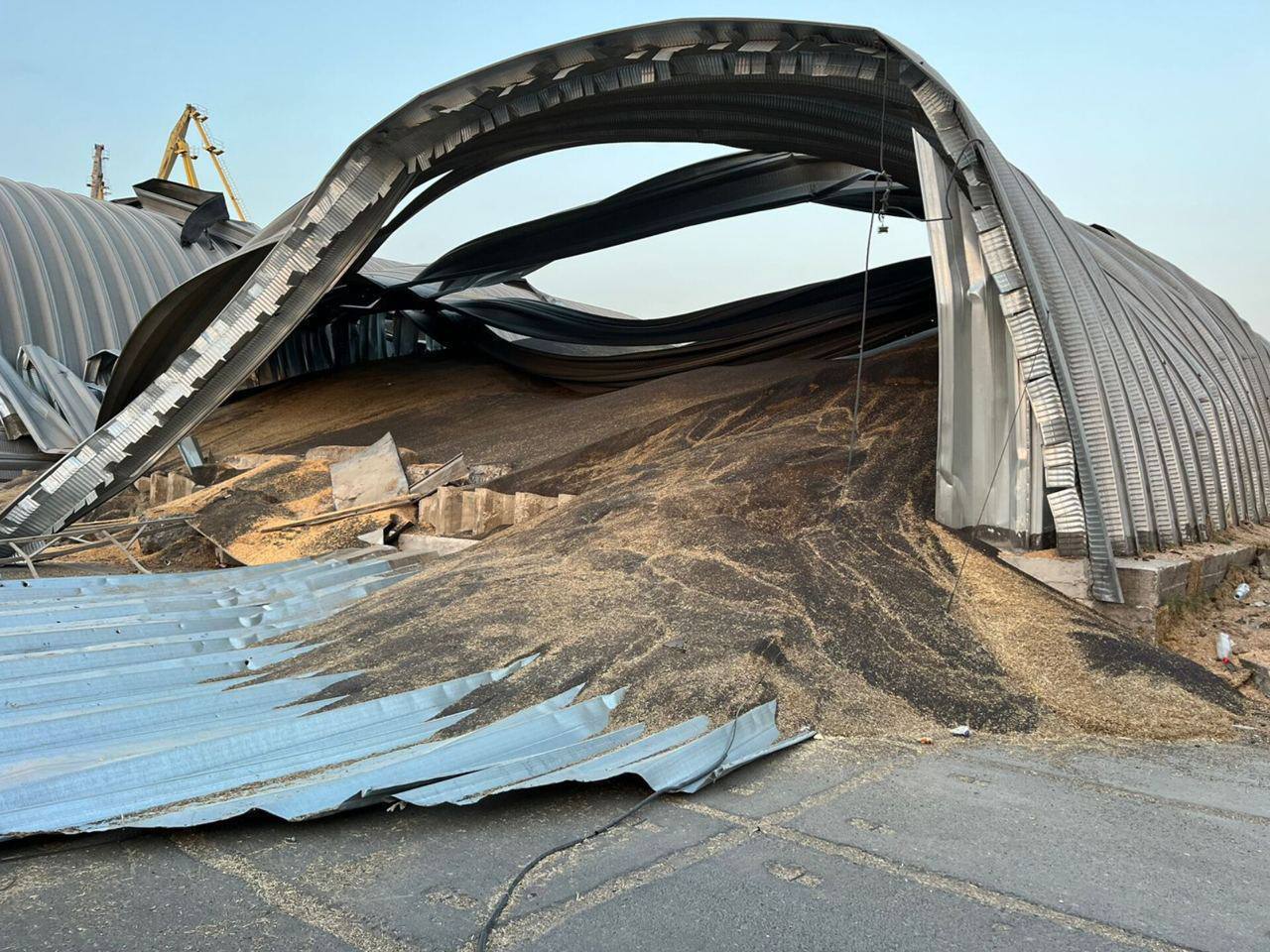
1. The Port Olya Strike and Its Technical Significance
The reported strike was carried out using 14 drones, with the majority being shot down by Russian air defenses, but not all. Images depict the ship partially submerged, with hull damage visible. The port is also a major logistics point for Iranian-produced military equipment, along with being part of a network that has long transferred components from Amirabad, Iran, over the Caspian to Makhachkala or Astrakhan. By striking it, Ukraine aimed to undermine a network of logistics that has developed since Russia started domestic production of Shaheds in two factories following a technology transfer from Tehran. These drones known in Russia as Gerans retain the delta-wing, pusher-propeller design and low-cost manufacturing ethos of their Iranian originals, optimized for saturation attacks.
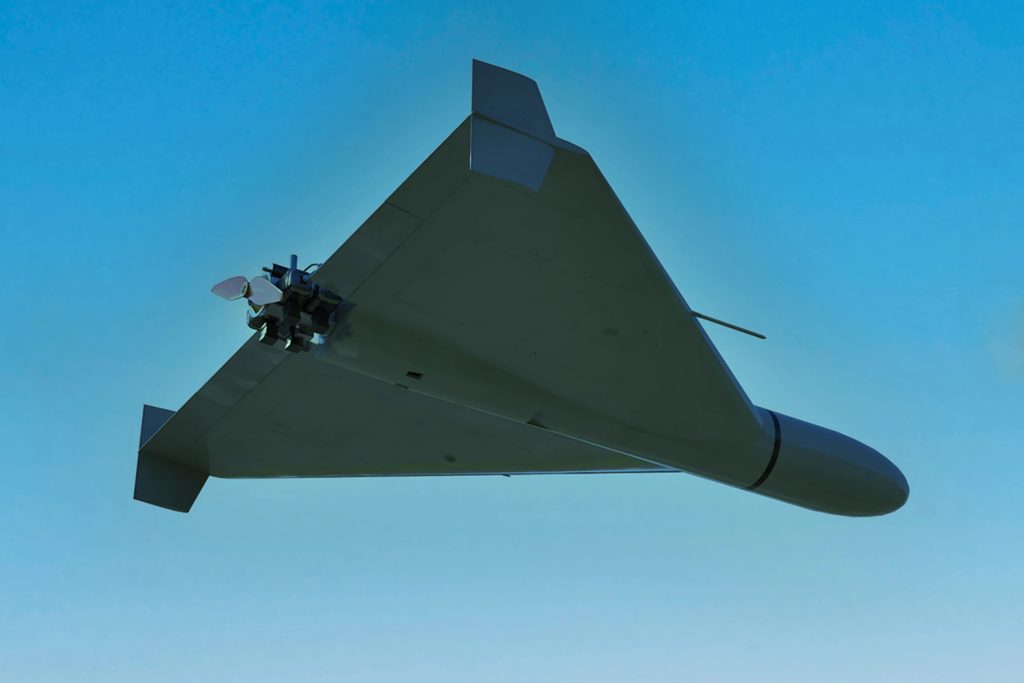
2. Shahed Technology Transfer and Supply Chain Vulnerabilities
The Iran-Russia drone supply chain has depended on sanction-evading instruments, such as gold payments 1,788 kilograms under a single 2023 deal and UAE-based financial conduits. Although local manufacture has lessened Iranian import reliance, essential components like engines, electronics, and composite parts continue to pass through exposed maritime hubs like Port Olya. Attacks on these nodes take advantage of the reality that even dispersed manufacturing needs consistent deliveries of dedicated parts.
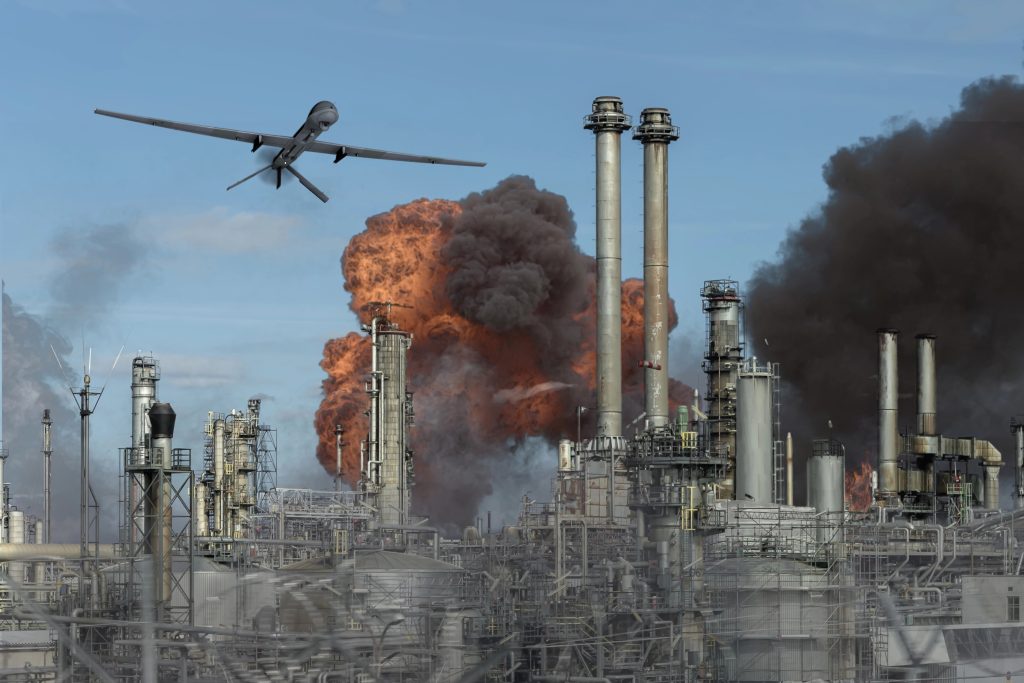
3. The Syzran Refinery Attack and Energy Warfare
Ukrainian Special Operations Forces targeted the Syzran oil refinery in Samara Oblast on the same evening, which is one of Rosneft’s largest production facilities with a design capacity of 8–8.5 million tons per annum. Manufacturing gasoline, diesel, bitumen, and aviation kerosene for military airfields, the refinery is linked with rail and river transport systems supplying central and southern Russia. Disabling such a plant compels expensive rerouting of fuel and can lower sortie rates for Russian planes. It was at least the third such Ukrainian attack on Syzran, and part of an effort during which nearly 80% of all confirmed deep strikes in 2025 have been against oil and gas facilities.
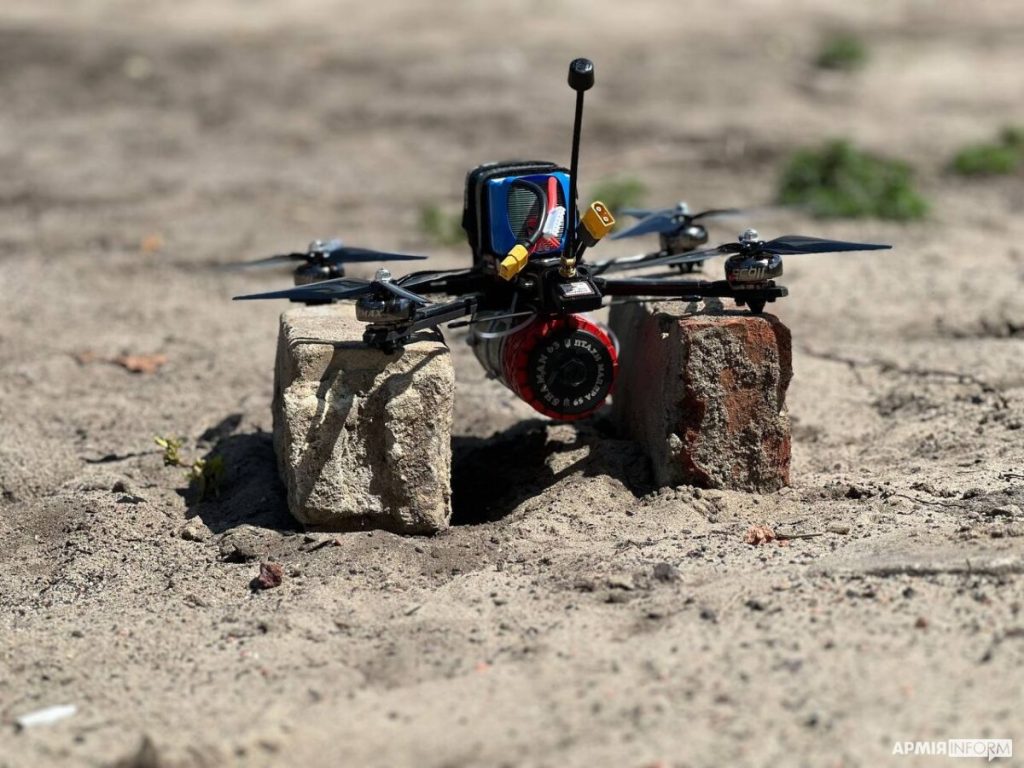
4. Russian Drone Dominance in the Pokrovsk Sector
As Ukraine extends its power far into Russia, on the Pokrovsk front it confronts an increasing technological disadvantage. Russian troops, since the beginning of May, have gained localized air superiority through combined reconnaissance and strike drone operations. First-person-view (FPV) drones, such as wire-guided models resistant to electronic warfare, now interdict Ukrainian ground lines of communication as far as 20 kilometers behind the front. Repeater drones are used to extend the range, and “sleeper” drones stay in low-power standby to ambush its targets. Such innovations, with the help of Chinese-provided components, have allowed Russia to apply battlefield air interdiction effects without normal airpower.
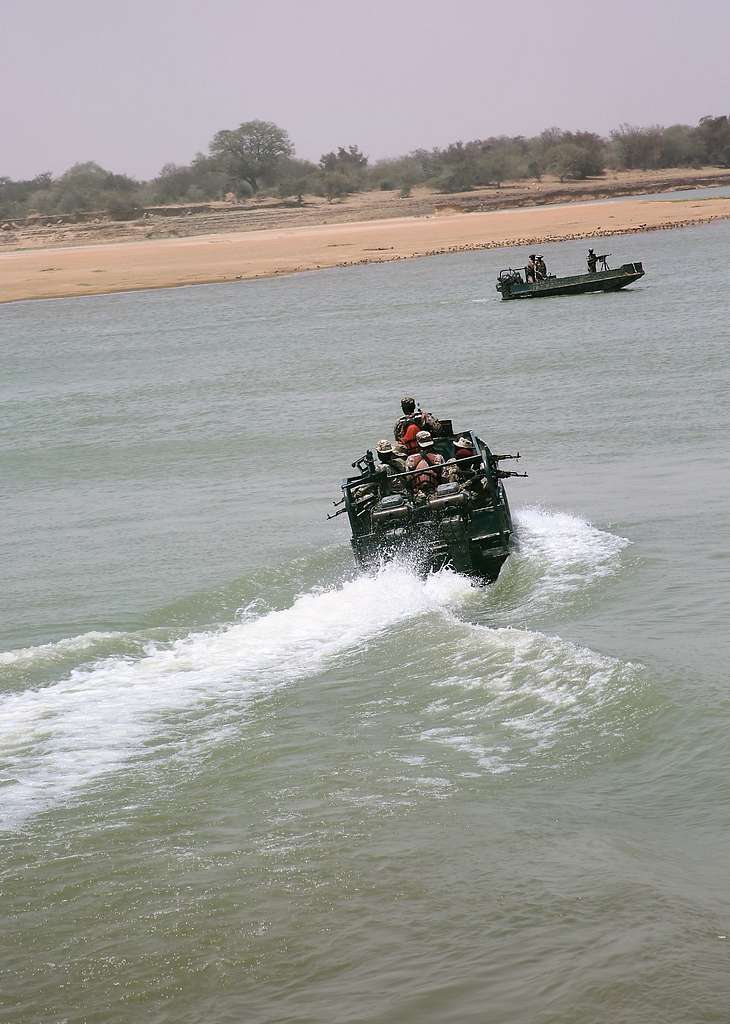
5. Infiltration Tactics and the Dobropillia Breach
Recent Russian gains east and northeast of Dobropillia have depended on small reconnaissance and sabotage units sneaking in between gaps in Ukraine’s lightly manned, foxhole defenses. Traveling on foot or light trucks, these units take advantage of drone-suppressed Ukrainian positions, then request artillery or glide bomb strikes. The penetration reached 15–23 kilometers in depth in some sectors, putting the Dobropillia-Kramatorsk road at risk. Analysts warn, however, that such penetrations remain tactically shallow unless they are mechanized.
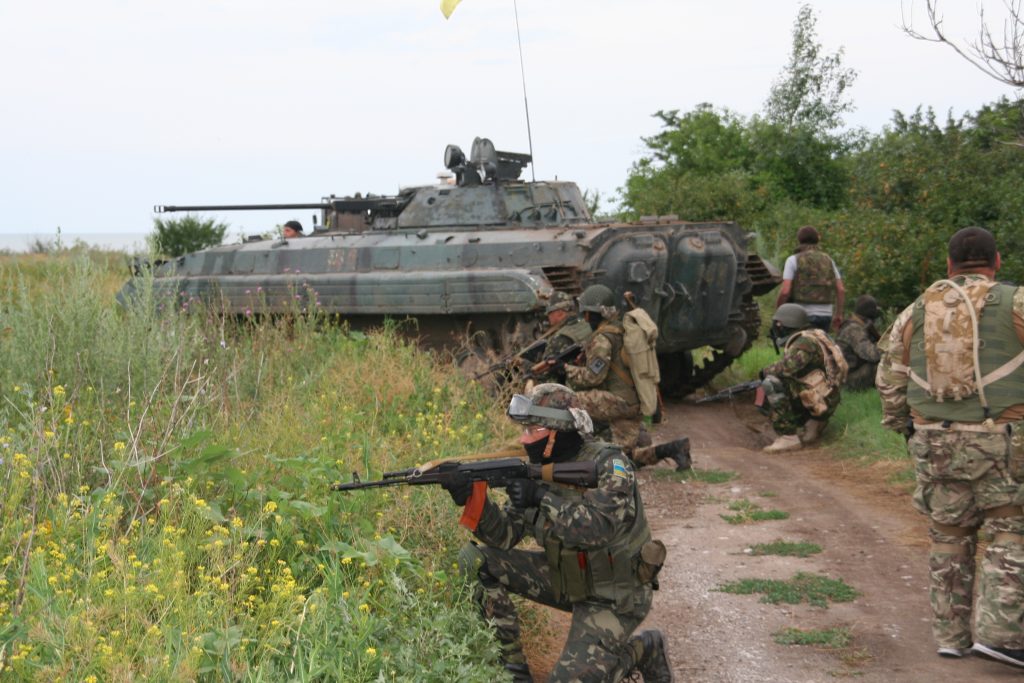
6. The Azov Corps’ Counter-Measures
The country’s best Azov Corps, centered on the National Guard’s 12th Brigade, has been redeployed to hold the Dobropillia salient. These troops are confronted with both stopping infantry penetrations and Russia’s use of drones to isolate frontline pockets. The work of the Corps is made more difficult by Ukraine’s long-standing manpower deficiencies, which compel speedy redeployment of units from in-threat areas, breaking cohesion.

7. Strategic Context: Attrition and Industrial Capacity
Russia’s overall combat performance is still limited by sluggish advance rates averaging 135 meters daily in Donetsk and unprecedented losses: more than 950,000 casualties and thousands of armored platforms since January 2024. But in an attrition war, industrial capacity and the capacity to resupply matériel can trump tactical defeats. Moscow’s strategy seems to be hoping that relentless pressure, with the assistance of allies such as Iran, China, and recently North Korea, will eventually sap Western backing for Kyiv.
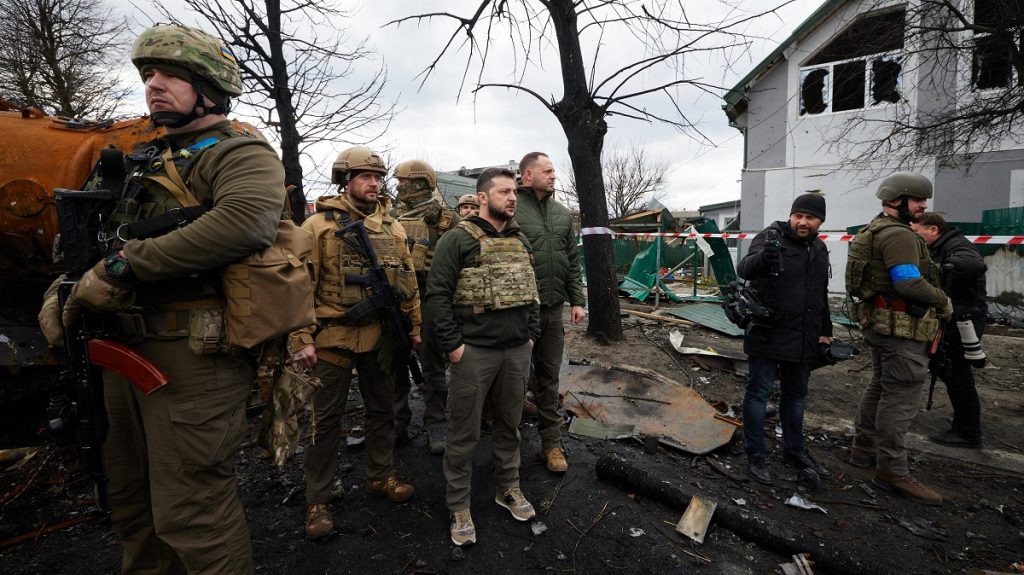
8. Engineering the Future of Drone Warfare
The relationship between Ukraine’s deep-strike drones and Russia’s frontline drone supremacy highlights a change in contemporary warfare: unmanned systems are not only force multipliers but mainstays of operational design. Ukraine’s deep strikes use navigation, range-extension, and low-observable technologies to strike fixed targets. Russia’s tactical drones mesh with artillery and infantry to mold the battlefield in real time. Both sides are iterating quickly, with electronic warfare, component sourcing, and production scalability as determining variables.
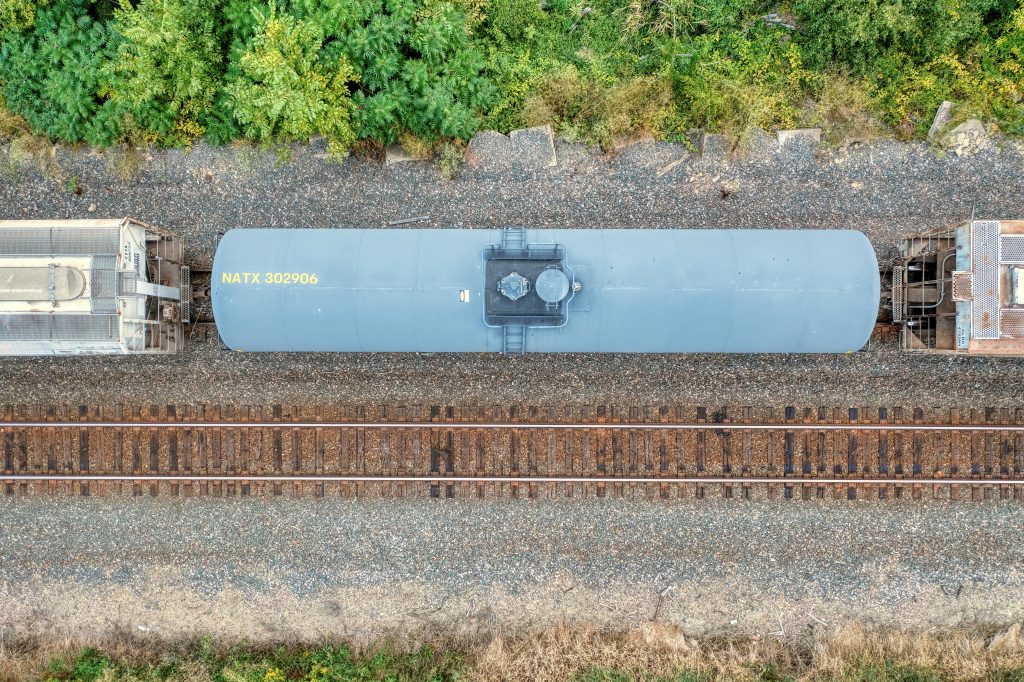
Ukraine’s August 15 missions shutting down a Caspian supply hub and sparking a giant refinery illustrate the extent of its drone armada. But on the battlefield around Pokrovsk, Russia’s drone-assisted infiltrations are pushing Kyiv’s defense to the limit. In this developing struggle, the winner of the next phase of the war may be the side that can better marry drone technology with logistics disruption.
